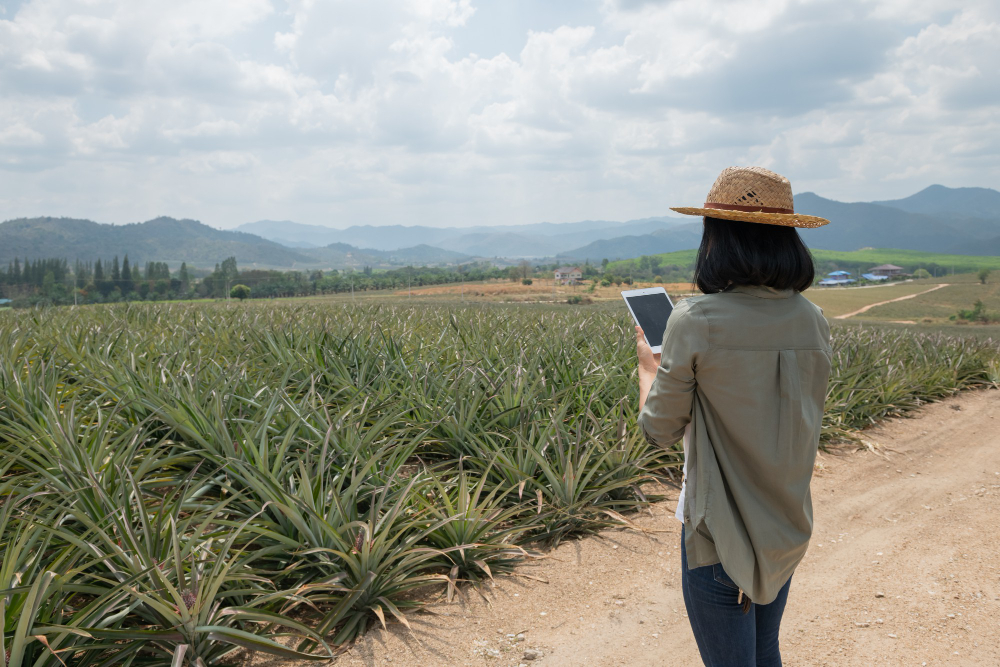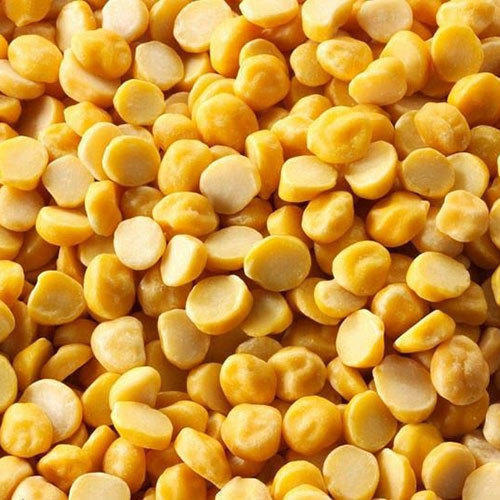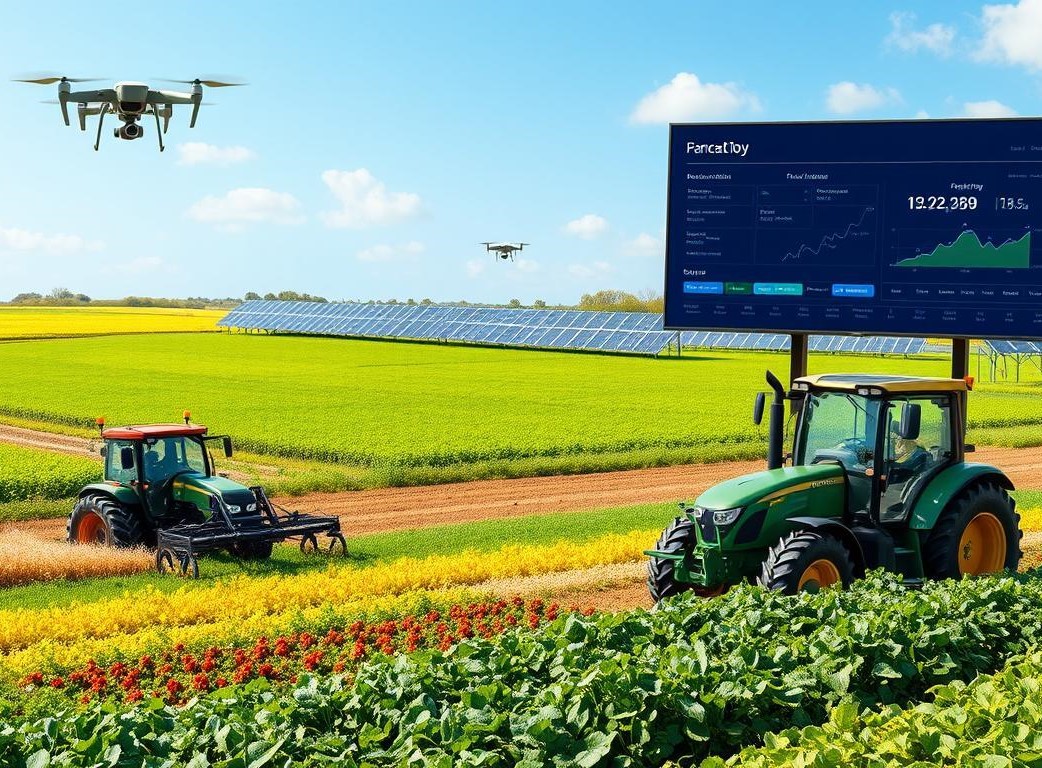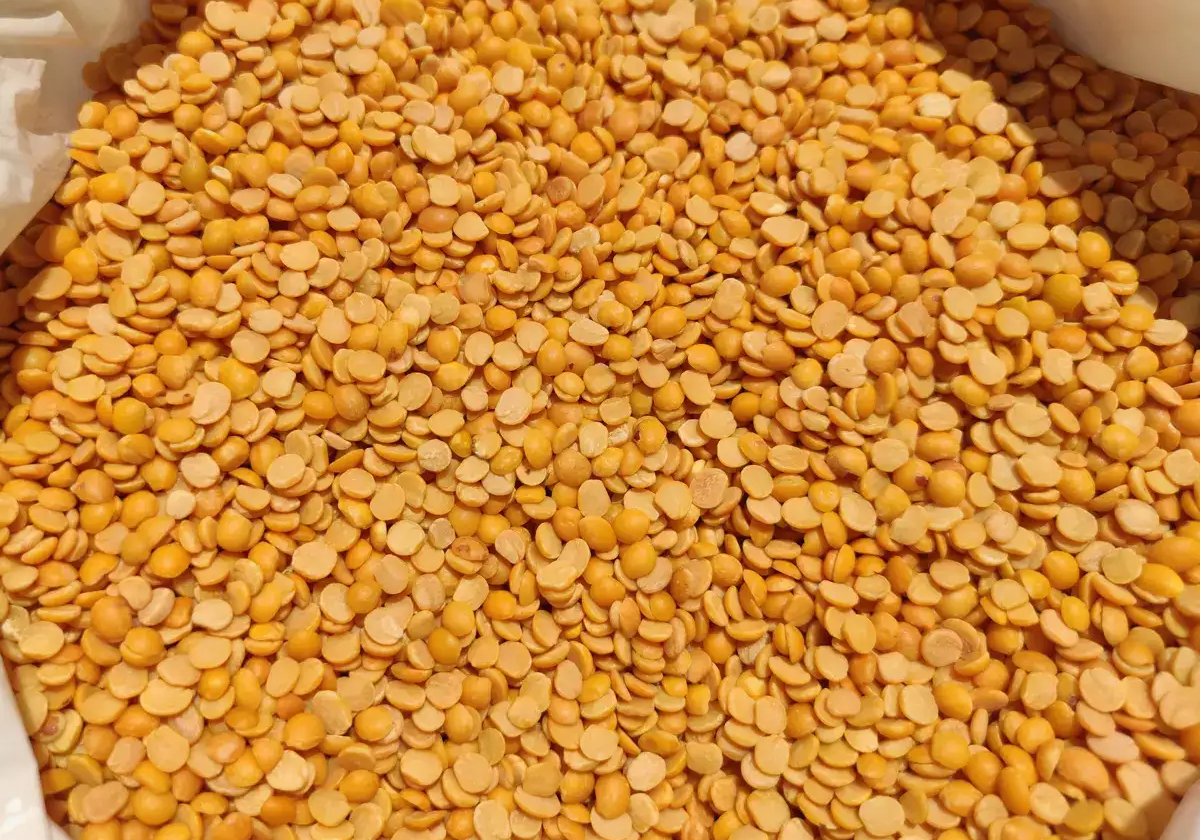Our previous article talked about what AgriStack is and what the Centre is proposing in its MoU with Microsoft. Now let’s discuss the plausible pros and cons of AgriStack implementation in the country are.
The Union Government’s development to create AgriStack by merging tech and agriculture might not be as smooth as expected. The reason being that farmer land records form the base of this project but the incomplete and unclear nature of these records leads to dispossession of the farmers’ property.
However, the government hopes to achieve its stated goals by deploying Big Data, IoT (Internet of Things), AI (Artificial Intelligence), and Blockchain technology in agriculture, based on the views of the National Institution for Transforming India (NITI) Aayog.

Below is a list of all the possible pros and cons of having AgriStack in the Indian agricultural system.
| Pros | Cons |
| The ecosystem will be able to talk directly to farmers with no filtering and delay of information. | In the absence of data protection legislation, private data processing might exploit farmers’ data to whatever extent they wish to. |
| The new proposed digital farming technologies and services hope to significantly improve farm yields, boost farmers’ incomes, improve output and fetch better prices. | MEITY has stated that the blueprint for AgriStack is already in the advanced stage without transparency or accountability offered to farmers, impacting farmers’ rights. |
| Problems such as access to credit and information, forecast of crop yield, poor price discovery, crop wastage, and pest infestations can be tackled. | Commercialization of agriculture extension activities will be implied as they will shift into a digital and private domain. |
| It can be used to certify their produce as organic and so on or to find a market for their products. | Based on a farmer’s credit record, the interest at which they can borrow if they were indebted would be higher, and they could be denied an insurance policy. |
| AgriStack can be a potent tool for innovators to solve issues across the industry and figure out relevant innovations, and target farmer segments. | There is nothing on what will be the course of action if disputes arise, especially when historical evidence suggests that land disputes take years to settle. |
| Banks and MFIs can also use AgriStack to assess farmers’ creditworthiness and then tailor-make products. | Several researchers have demonstrated the vulnerability of the Aadhaar database to breaches and leaks. |
| It will help insurance companies to understand farmer and farm risk profiles needed to decide premiums. | Advisory services, input sales, plot-wise crop information, and so on can be used by the corporates to intervene in markets and play with prices. |
| Government can use AgriStack for designing and implementing schemes for farmer welfare and make farming remunerative to farmers in a highly volatile environment. | Making land records the basis for the farmer’s database, would mean excluding tenant farmers, sharecroppers, and agricultural laborers (proven to be more than the farmers themselves). |
| It can help farmers reduce the cost of inputs, find buyers, and enable their access to finance, market, and insurance efficiently. | |
| Crop advisory data can guide farmers to sow and grow the correct type of crops in their land regarding compatible fertility and demand in the market. |
Conclusion
The pros and cons mentioned above make it clear for the audience to decide what is beneficial and credible for their farms. The government should move ahead with improving the fundamentals of AgriStack based on the results obtained from the pilot trials. Also, the private firms working on these pilot projects should cooperate with state governments to settle the differences over land ownership. In all, the goals of digitizing agriculture should be to enhance environmental sustainability, ensure social equity, and secure economic viability.









 Connect With Us
Connect With Us